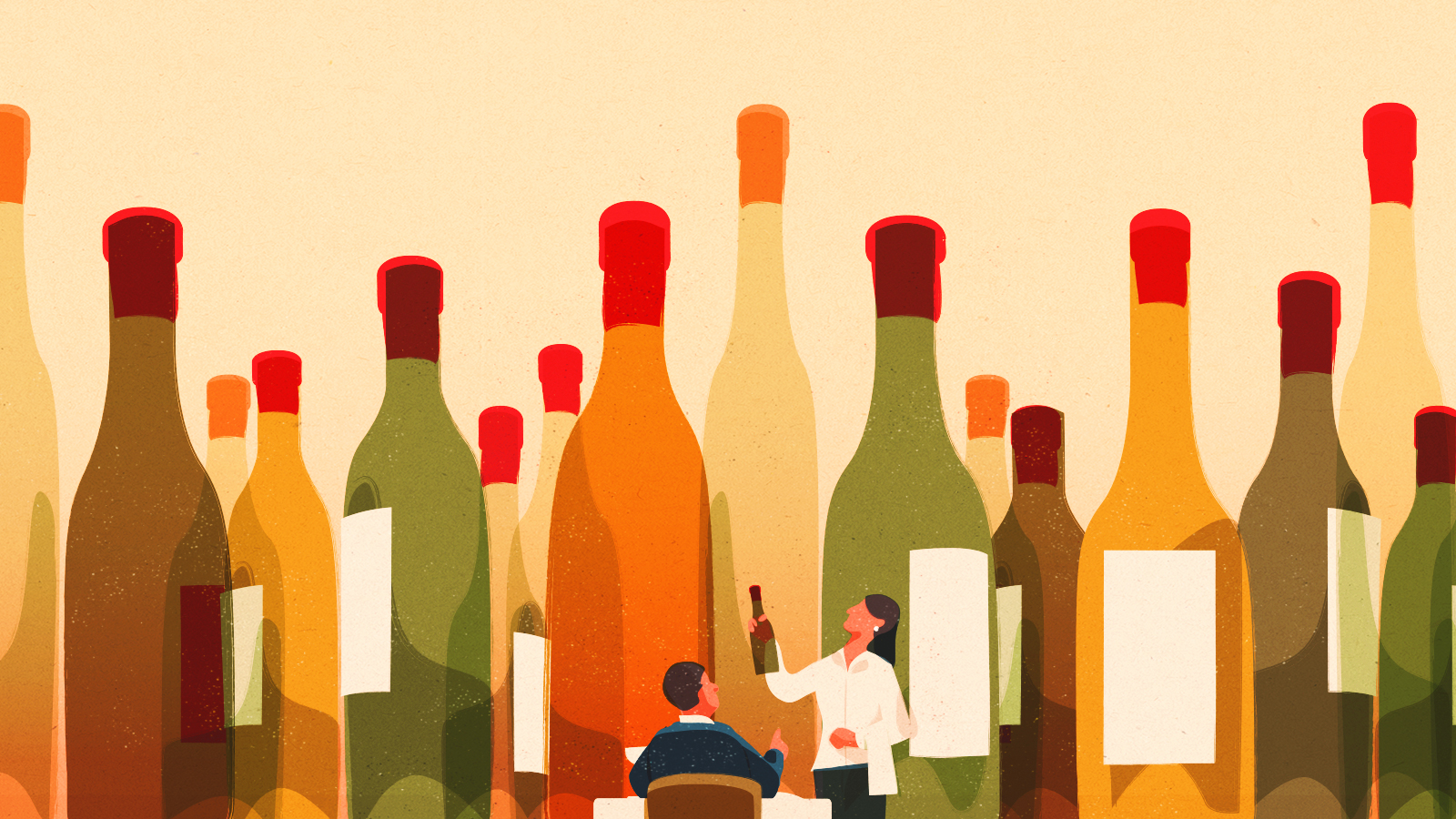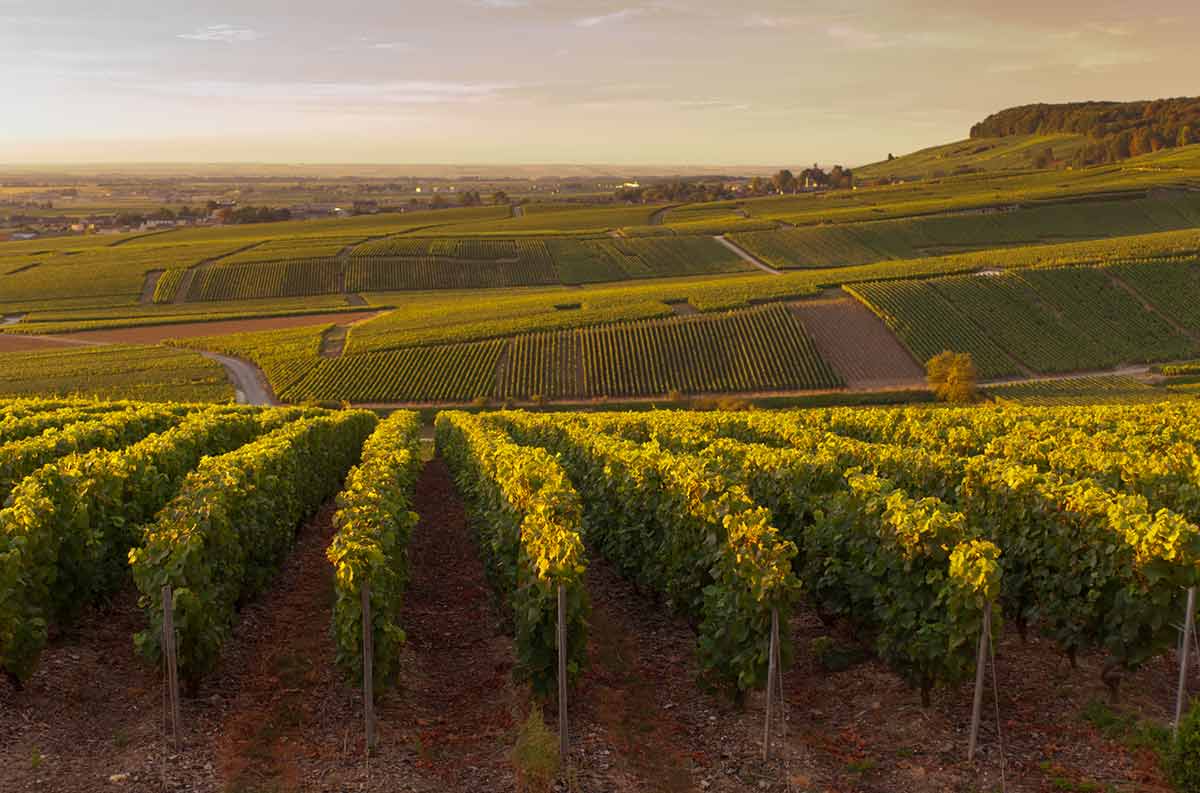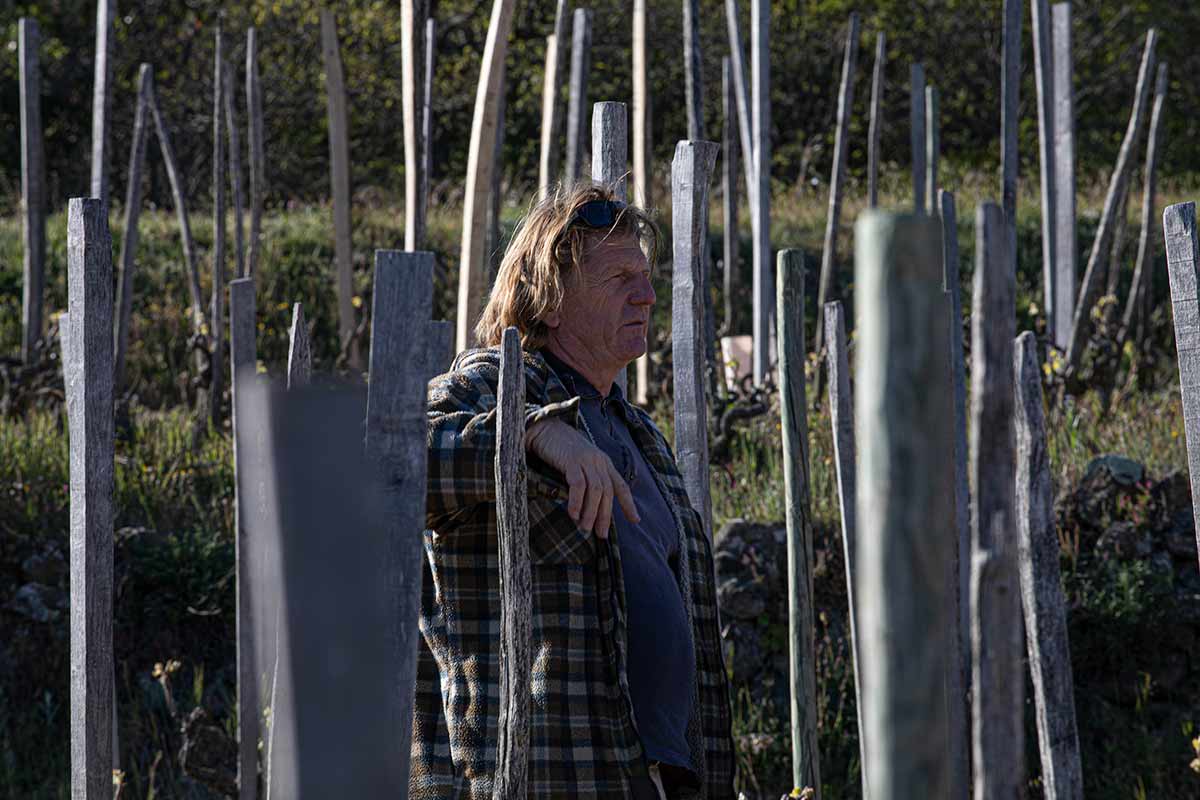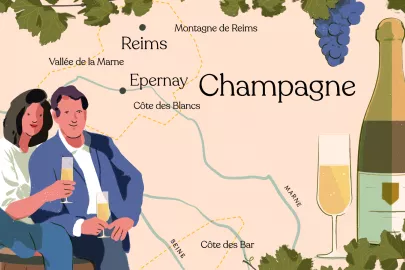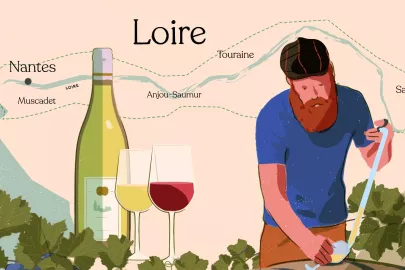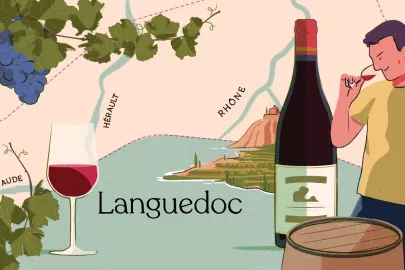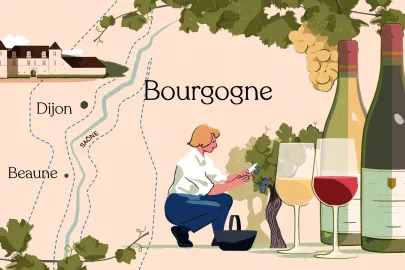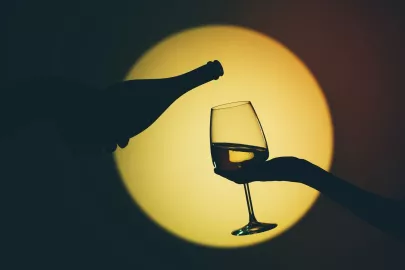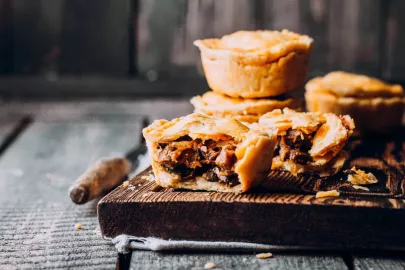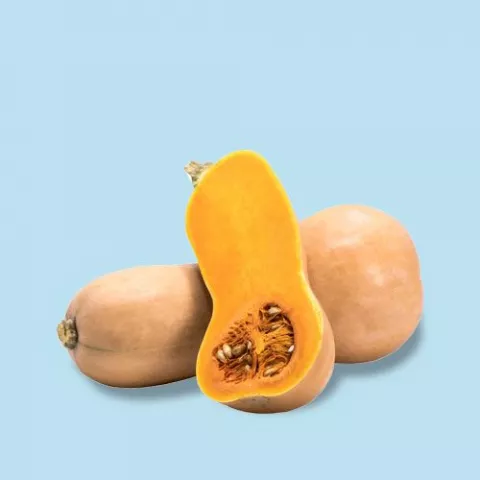The Rhône Valley, an ancestral and multi-faceted terroir
Located in the south east of France, the Rhône Valley is one of the most prestigious and geographically diverse winegrowing regions in the world. Its plains and hills are carved by the turbulent river Rhône and combine to create a wide range of terroirs and wines. From smooth nectars to grand crus with excellent ageing potential, take a trip through these terroirs for red, rosé and white wines with a truly distinctive character.
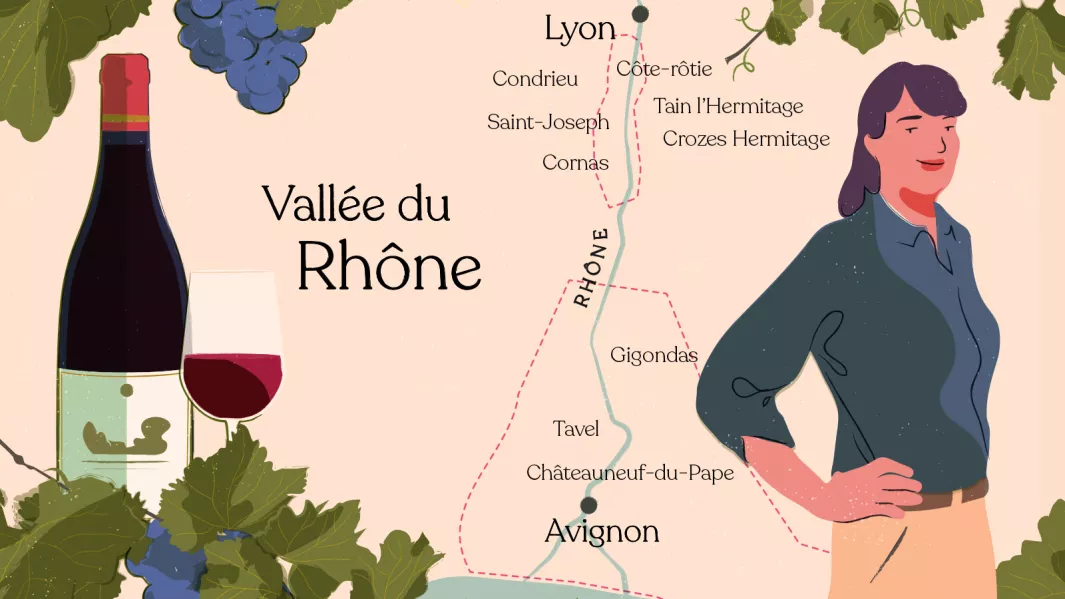
From antiquity to present day
The Rhône wine region stretches 150 miles from north to south along one of France’s major rivers: the Rhône. This is one of the oldest wine-making areas in the world, with evidence of vines planted here since antiquity. The Romans were the first to develop its wine trade. From the 14th century, nectars – known then as “papal wines” – gained renown on a global scale.
Today the Rhône wine region has 31 AOC (appellation of controlled origin), of which 17 are Cru. In terms of volume of wine produced in these appellations, the area is the second largest producer of AOC wine after Bordeaux. 5,000 winemaking estates manage over 66,000 hectares of vines, equivalent to almost 70,000 rugby pitches.
The full spectrum is on offer here: still whites and rosés made predominantly from red grapes (76%), natural sweet wines and sparkling wines.
The Rhône is divided into two sub-regions, each with its own distinct vinicultural traditions: the Northern Rhône and the Southern Rhône. The soil, climate and grape varietals vary between the two to deliver very different wines.
The Northern Rhône and its famous appellations
The northern sub-region is characterised by its temperate, continental climate and a cold, dry wind that blows through the deep valley. The vineyards themselves sit atop narrow, dizzyingly steep hillsides, often on terraces upheld by stone walls. The soil is mostly formed of granite or schist.
These particular terroirs are home to fabled appellations like Côte-rôtie, Hermitage, Saint-Joseph and Cornas. They offer up fine red wines with excellent ageing potential. Condrieu is the largest white wine appellation in the Northern Rhône, while the Saint-Peray AOC is also reputed for its sparkling whites which are vinified using traditional methods.
Only four grape varieties flourish in this northern valley. As the only red grape variety permitted, Syrah reigns supreme here. It produces aromatic wines possessing plenty of dark and red fruit as well as violet. It strikes the palate with delicious spicy notes of pepper and liquorice, so typical of this varietal.
As for white grapes, the trinity of viognier, marsanne and roussanne rules the roost. Viognier boasts a smooth mouthfeel, while its fragrant, exuberant nose is bursting with yellow fruit to deliver hints of mango, pear, apricot and white flowers like iris. Wines from the Condrieu and Château-Grillet appellations are 100% made of this grape and it is sometimes added to syrah, as is the case in Côte-Rôtie.
Full of finesse, roussanne exudes floral fragrances with its sprinkling of honeysuckle and iris. This grape frequently combines with the powerful marsanne varietal to impart notes of dried fruit, such as in the Saint-Joseph or Hermitage appellation.
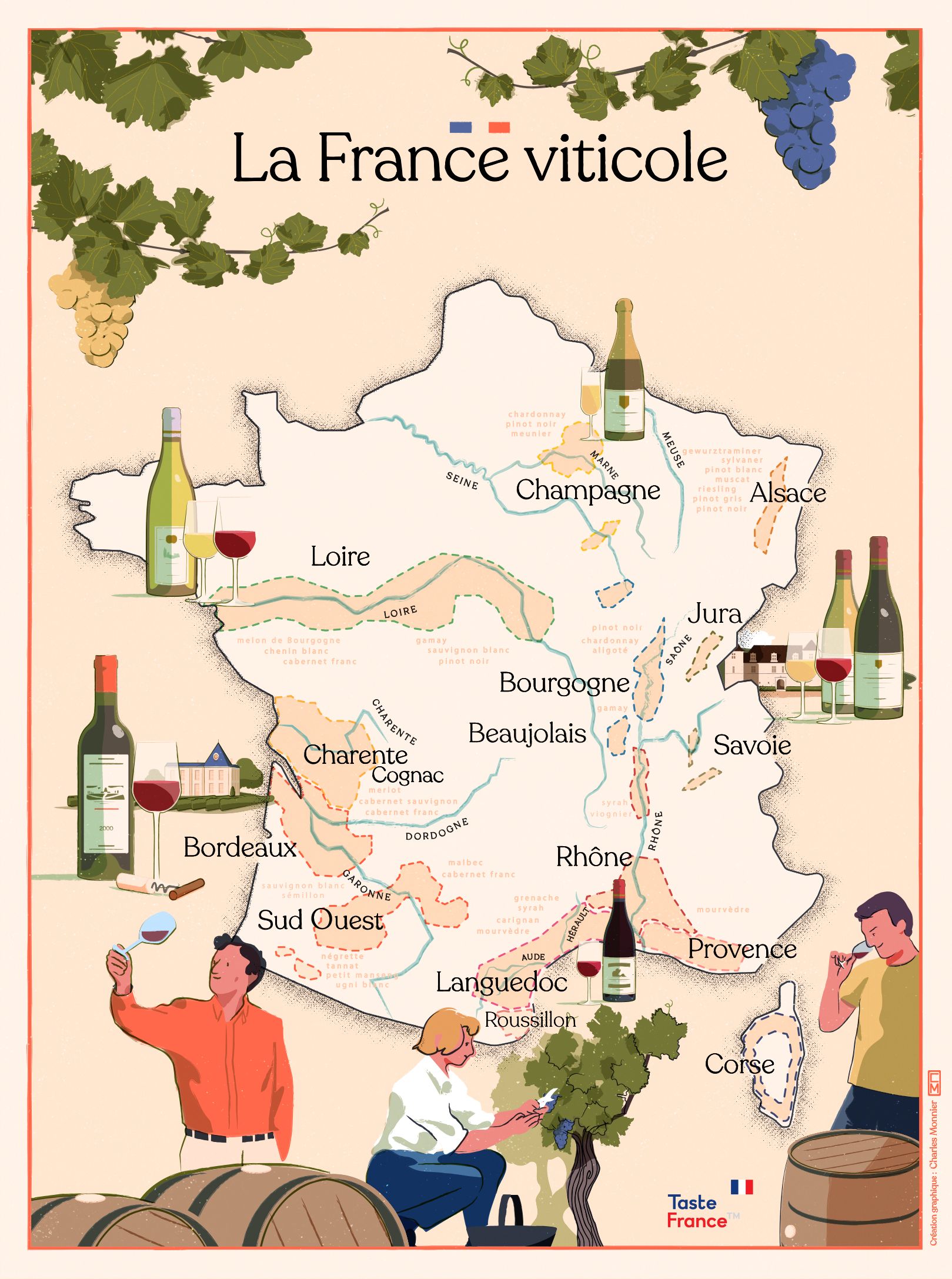
© Charles Monnier
The Southern Rhône valley
The southern region marks the beginning of the Mediterranean south. The sun shines for an average of 2,800 hours per year and the strong, dry mistral wind both sweeps clouds away and keeps rain at bay. The southern vineyards are planted on plateaux and gently sloping hills, with the soil mostly consisting of gravelly clay, sand and pebbles.
A whole host of grape varieties are supplemented to blends here. King of the reds is grenache, a fleshy and full-bodied grape that produces wines with sweet dark fruit aromas, blackcurrant and blackberry. As grenache ages, both spicy and garrigue notes emerge on the nose. It is typically blended with syrah, mourvèdre and even cinsault and carignan. In the prestigious Châteauneuf-du-pape appellation, all 13 permitted grape varieties can feature in the final blend, both for reds and whites. Grenache noir still dominates as far as the reds are concerned, with the grape thriving on the magnificent soil here. Formed of rolled pebbles which were once carried by the Rhône, it absorbs the heat’s sun during the day then releases it at night.
In the southern valley, rosés are often blended with the same grape varieties as reds, for instance in the Tavel appellation which is the oldest AOC in France exclusively dedicated to rosé wines.
Meanwhile, white wine blends are made up of grenache blanc, clairette, bourboulenc, roussanne, marsanne or rolle grapes for the perfect alchemy.
This ancestral viticulture region has played an active role in the founding of French winemaking appellations, the gold standard for quality wines. From the north to the south, from Condrieu to Châteauneuf-du-pape or Gigondas, via Côtes du Rhône, the wines produced here are distinguished by both their bold character and the colour of their terroir. Whether full-bodied or light, they offer a unique tasting experience which reflects both their diversity and the growers’ savoir-faire.
Anne Schoendoerffer’s selection
This Côte Rôtie counts among the finest Syrahs in the world. Its aromas of blackcurrant, violet, peppery and liquorice are expressed in all their splendour. On the palate, it is both indulgent and delicately suave. Quite simply an exceptional wine.
Domaine du Vieux Télégraphe - Châteauneuf-Du-Pape Contrôlée appellation - Vieux Télégraphe Red
A cuvée that truly embodies its appellation, blended with 65% grenache noir and supplemented by mourvèdre, syrah, cinsault and clairette. This is an intense wine with a wonderful texture and peppery, black cherry, balsamic and blackcurrant aromas. All these flavours linger on the finish. A grand cru.
> Interested to learn more about the secrets French wines? Check out our Beginner's Guide To French Wine!
Creator

Wine journalist

